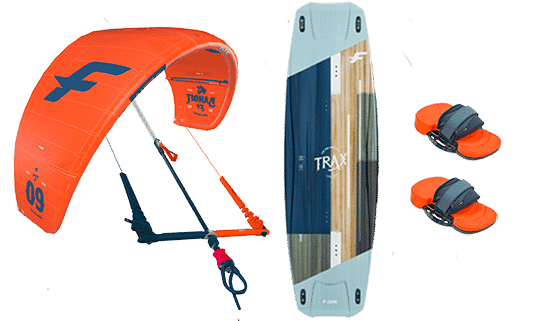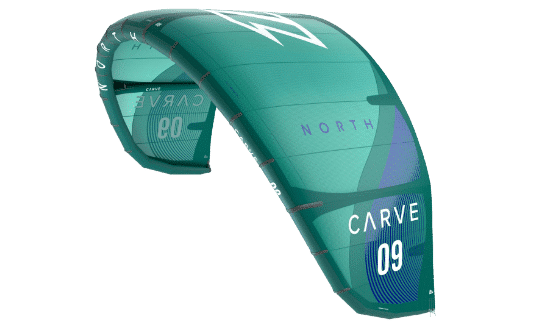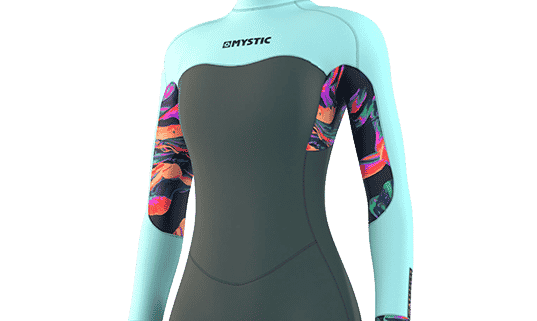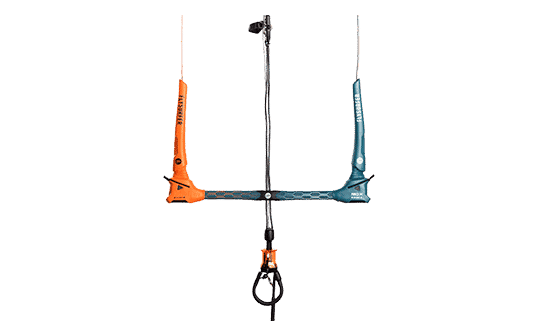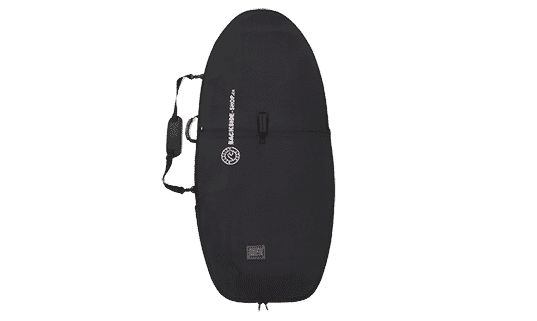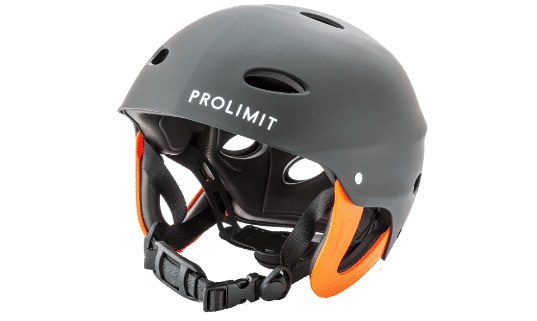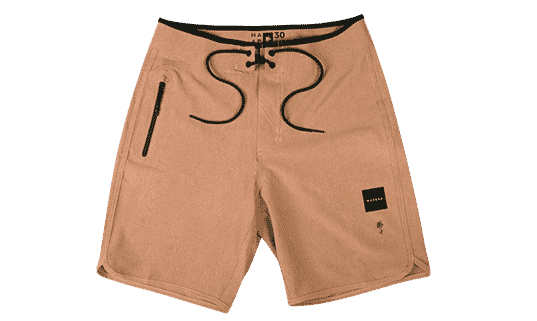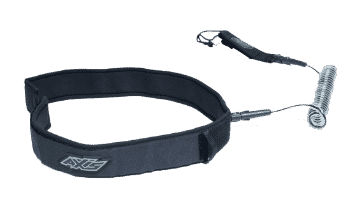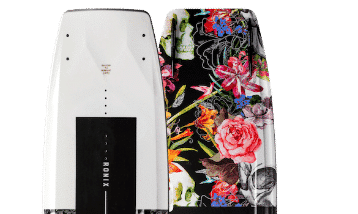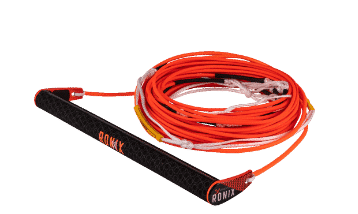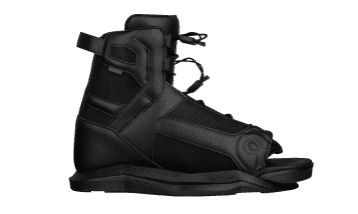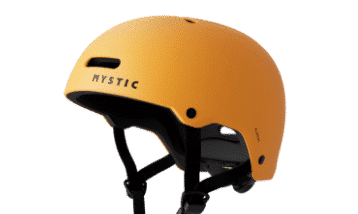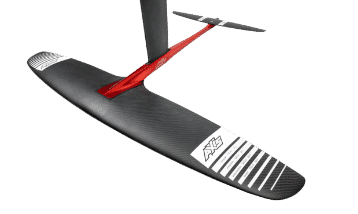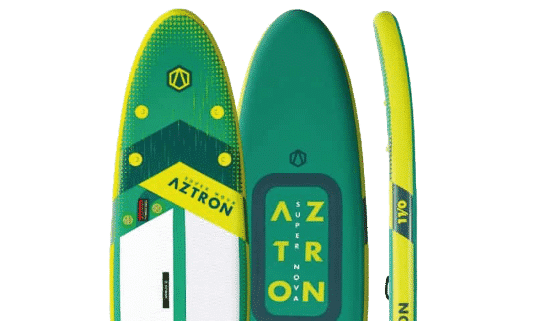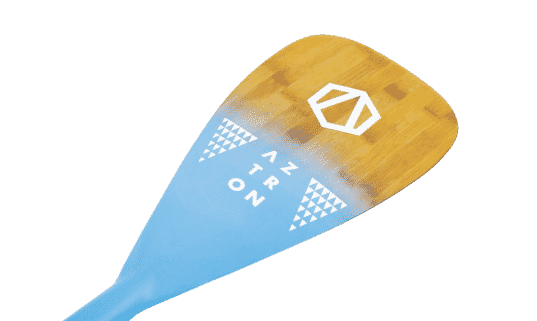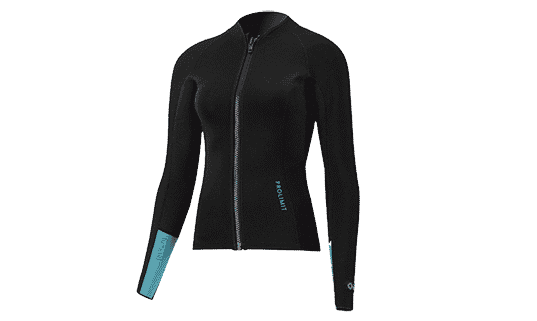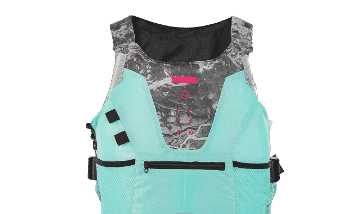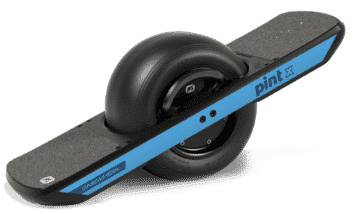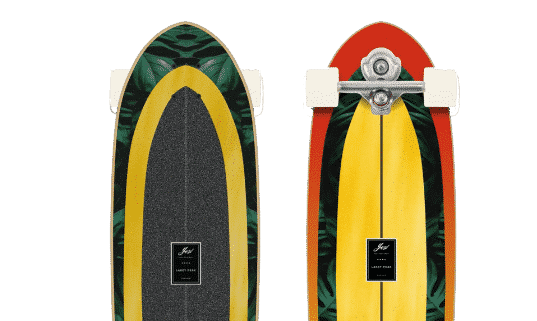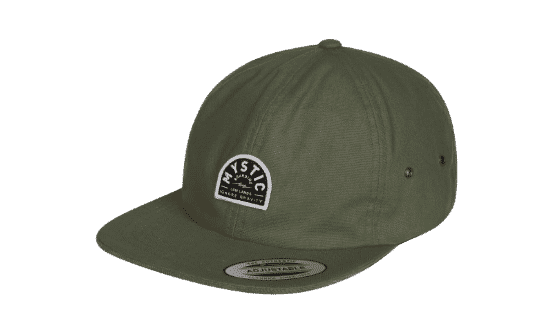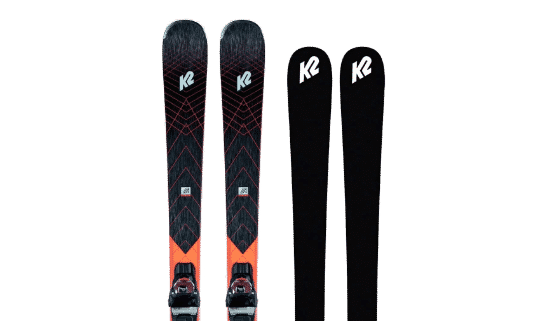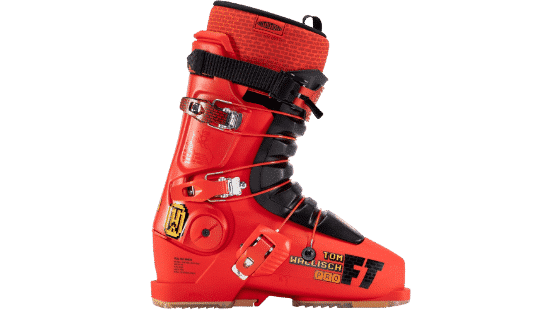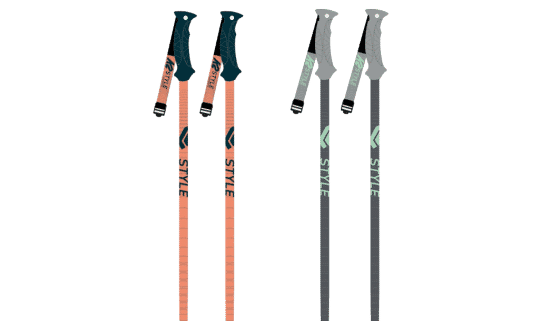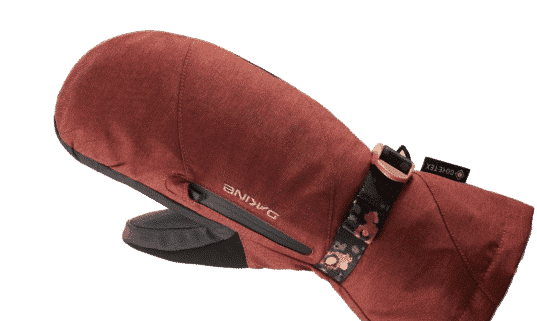10 things to know about SUP Paddling
Are you interested in SUP paddling and want to learn more about this wonderful sport?
The Backside team is here to guide you and teach you the 10 essential things you need to know about SUP Paddling.
1. The shape of a SUP Paddle
Length, width and thickness give you volume. With the same pressure, a wide board is more stable and a thicker board is more rigid. Length generates inertia. This is probably the most important thing of the 10 things to know about SUP paddling.
You should know that on an inflatable board, the thickness is the same from front to back. You only need volume in the middle of the board, where you usually stand (so there is too much volume on the ends, that's how it is!) The outline is the shape of the board seen from above. If the back of the board is narrow, it will turn better when you stand back. Conversely, a wider board at the back will give more footing and therefore be more stable, but less manoeuvrable. For a 75kg adult, a 32' wide allround board starts to feel stable. The so-called entry-level boards are often narrow.
To learn more about the differences in ranges:
To learn more about the different types of SUP by practice:


2. Technology and materials of a paddle
There are several technologies, but basically there are the "skin layers" and the "number of rooms".
Single skin :
-The single skin material is thinner, so the board is lighter and less rigid. It also bears less pressure, which makes it even more flexible. Some brands compensate for this with stringer (second skin) on one part of the board. A single skin board is light and this is an argument in its favour.
Double skin :
-The double skin is heavier, more expensive, more rigid and also stronger. It is a liner that is glued to the base material. There is also a welded double skin version which saves weight and increases inflation pressure. Construction techniques vary from brand to brand and usually determine the price of the board.
Double room :
There are also single chamber and double chamber. A double chamber paddle has two separate internal air chambers. This second chamber acts as a spar that will make your board stiffer. This technology also increases safety because if one of the two chambers gets punctured, there will always be one left. Although stiffer and safer, a dual chamber paddle will be heavier.
3. Valves and pump
The inflation valve is an important part of the 10 things you need to know about SUP paddling.
Before you buy your board, make sure that you can change the valve in case of problems and that you can find the right spare parts for your board. Obviously the more expensive boards have a more reliable valve system that is easy to change. The pump is supplied with the paddle. But beware, a poor quality pump will not allow you to inflate your board properly! Also, the pump tip is not the same from one valve to another. There are a lot of different valves and not all of them fit on every paddle.
4. Carrying bag
A good sized bag that can easily accommodate your deflated board is normally supplied with all paddles. If the bag is a bit bigger, all the better! You will also be able to put an electric pump (option to be purchased separately), your leash, wetsuit, paddle, waterproof bag, waistcoat, etc. Some bags have wheels, which is obviously handy for transport.
5. The SUP paddle
It is an often neglected element, but it has its place in the 10 essential things to know about SUP Paddling: it will transmit the energy to move forward! If the paddle is too soft or the blade is not adapted to your size, you won't enjoy paddling and you'll give up this wonderful sport quite quickly. For an inflatable paddle, opt for a three-part paddle that you can store in the bag. Some paddles sink because they are too heavy and do not have a plug inside the tube. Again, a slightly more expensive paddle will not sink and will be quite stiff.
6. Storage of a SUP board
One of the criteria for an inflatable paddle is of course storage. Do not leave your board fully inflated in the sun! It may explode, as the air that heats up expands (there are protective inflation valves that regulate the pressure automatically. A quality board can be stored inflated or deflated. So you can leave your board inflated for the whole season and just pump it up again before you get back on the water.
7. Safety-related elements
This sport is practised in the open water, so there are rules to respect which vary from one country or region to another depending on the legislation. However, apart from any legislation, we really advise you to bring a leash (an element from surfing, which connects your leg to the board with a cord). In case of a fall or if the wind has picked up, you will be connected to your board. The flotation jacket is only useful if you have the right type of jacket. Indeed, you might think that a waistcoat will carry you in case you get sick, but it has to keep your head above water. There is an inflatable system (with a compressed air cartridge) that is worn on the belt
8. Maintenance of your SUP equipment
In salt water, you should rinse your board and the rest of your equipment with fresh water. Avoid sand in the valve and pump and try not to store your wet paddle folded or rolled up in the bag for too long. If you store your board wet, the pad (EVA foam part) will smell like dirty socks! Avoid products that attack glue and plastic.
9. Inflating the SUP Paddle
Observe the inflation pressure indicated in the manual, in the bag or around the valve. In general, this is in psi. Entry-level boards inflate to 10-12 psi, mid-range to 15 psi and top-of-the-range to 25-30 psi. 14.5 psi is equivalent to 1 bar. There are electric pumps that can be plugged into the vehicle's cigarette lighter or stand-alone pumps with an optional built-in battery pack.
10. Paddleboarding
SUP is a really relaxing and fun activity. Of course it can be practised as a sport, but it is also possible to practise it recreationally with the children on the board or to go for a picnic on a small beach inaccessible from the shore. If you know that you will be paddling with several people, you should choose a slightly wider and larger board. The same goes for dogs, a wider board will give you more stability. However, be careful that your dog does not have very sharp claws, as it can damage the board. A double skin paddle is recommended. Paddleboarding, even in its relaxed form, will give you a lot of strength and will allow you to discover beautiful places. It's an activity that more and more people are enjoying every day.
To learn more about the rules of practice, see our article on Navigation Rules and Paddleboarding Information
